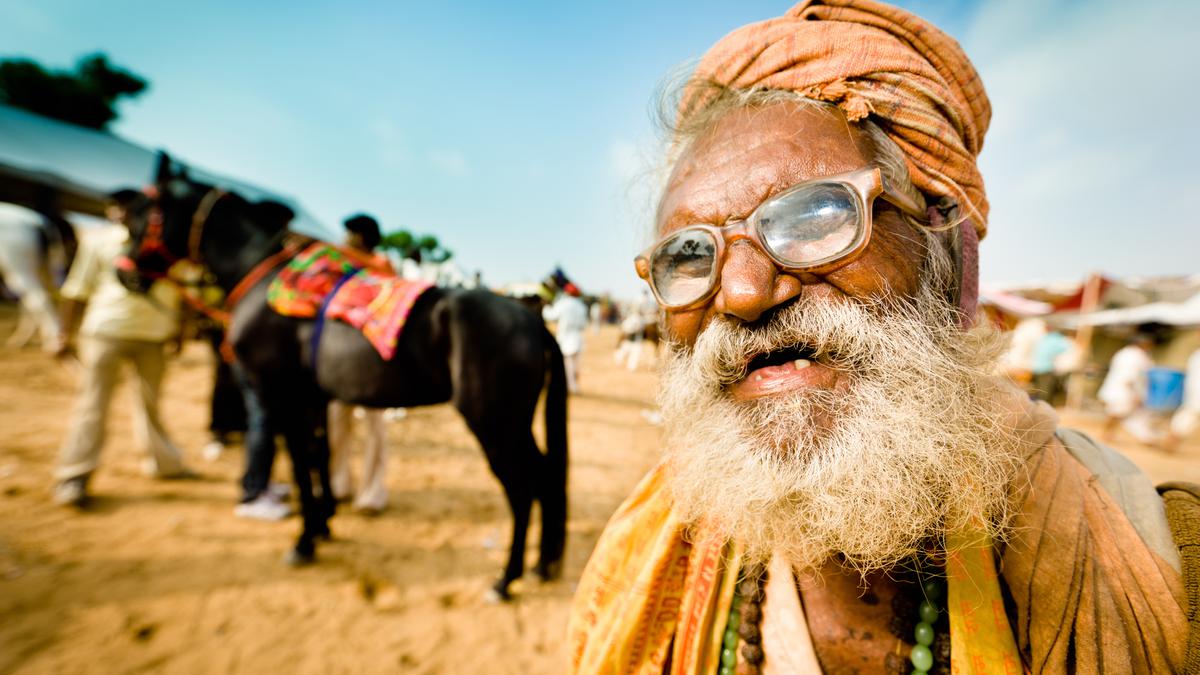
Through the cracked looking glass: review of Siddhartha Deb’s The Light at the End of the World
The Hindu
The Light at the End of the World by Siddhartha Deb is strongest when conjuring up a vivid past, but falters while allegorising the present
The idea of the experimental non-fiction novel that plays with news and meanders through the quirky alleys of journalism is an intriguing one. American writing, which has been bold and spirited particularly on the terrain of non-fiction and journalism, has blazed some striking trails here — be it the radical left critique of American culture in John Dos Passos’ U.S.A. Trilogy, the imaginative New Journalism of Norman Mailer, or the searing Vietnam-era coverage by journalists such as Michael Herr.
The real challenge for such writing, when it courts the imaginative uniqueness of literature, is to do something different from what the newspaper does even as it plays with that form. Should fictional lives end up confirming media reports and their stereotypes, or should they tease them and create something recognisable yet alien?
The private lives of key characters embody the fictive stakes of such novels. Siddhartha Deb’s The Light at the End of the World draws the reader in with some real empathy for the protagonist, Bibi, the near-anonymous, marginal employee in a policy report-producing company in the midst of rabid, reactionary times that is an allegory of our present.
But the allegorisation, where the private melts into the public, is where the novel falters. It embeds everything we know today from news headlines and social media storms. In sentences such as these, the allegorisation becomes see-through: “In the longest of the entries, Muktibodh ingeniously connects the Brahmastra superweapon being developed by the Indian conglomerate Ombani with a superbug resistant to every known antibiotic that has been classified as NaMo-03.”
Passages like these might have packed their punch in the novel if they were not ubiquitous: “Everywhere, there are men, and some women, outing Bibi — as a Pakistani agent, as a prostitute, as a sex-crazed woman, as a lesbian, as the holder of fake university degrees, as a Naxal, as a plagiariser who stole her reporting from others. Sometimes she is a Muslim, sometimes a Christian, sometimes a Marxist, numerous versions of Bibi out there on the multiverse of the internet, living lives that are variations.”
The hostility she faces is savage and brutal, but given the surreal times in which we live, such fiction fails to enrich or complicate our digitally enhanced reality in any way: “Some send videos that Bibi doesn’t want to watch but that start playing automatically as soon as the message arrives, without even her touching the screen. There is footage of animals being slaughtered, of dishevelled men in dirty clothes getting pulled out from the back of trucks, being beaten to death with hockey sticks and iron rods as the cows look on in horror, of a man on fire, limbs flailing as he screams, of a demonstration demanding the release of a priest arrested for raping and murdering an eight-year old belonging to a Muslim nomadic tribe, of a woman, obviously mentally disturbed, being hoisted on to some kind of makeshift stage by a group of men who snip off her hair in slow, deliberate fashion as the crowd assembled below roars in approval.”
Deb’s invocation of the past is more playful, with a Rushdiesque irreverence. “I am the White Mughal, sir, and I have been most grievously harmed” — says a fantastical Lawrence of Arabia figure, dressed in native garb, in the apocalyptic post-1857 rebellion moment, and there is something appropriately ludicrous about his outrage and resentment. Distance in time allows for a kind of laughter that we can’t afford in the midst of the nightmare that is the present.











